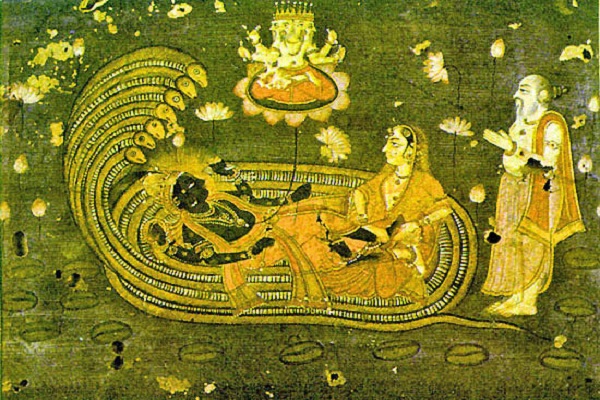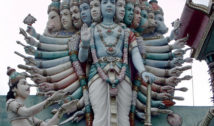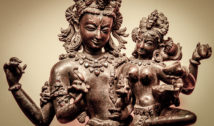
Hindus, Buddhists and Jains Observe Chaturmas
- By Alison Lesley --
- 15 Jul 2019 --

The significance of Chaturmas
Chaturmas is a holiday period that lasts for four months. It starts in July and culminates in October. The holiday period is observed by different religions, including Hindu, Buddhism, and Jainism.
Hindus, Buddhists and Jains Observe Chaturmas[/tweetthis]
The holiday season starts on Shayani Ekadashi which is the 11th day of the first bright half known as Shukla Paksha on Ashadh which serves as the 4th month of the Hindu lunar calendar.
The holiday culminates at Prabodhini Ekadashi which is the 11th day of the first bright half of Kartik which serves as the 8th month in the Hindu lunar calendar.
The Chaturmas season is dedicated to penance, bathing in holy rivers, fasting, austerities, and religious observances for all. Dedicated persons take a vow of either remaining silent, or refraining from eating a favorite meal, or having a single meal in an entire day. In the Jainism religion, an important festival (Paryushana) falls under this period.
The festival concludes with Kshamavani Diwas (Forgiveness Day), where disciples together with lay people say Micchami Dukkadam and ask for forgiveness from one another.
The seasons of monsoon (Varsha), autumn (Sharad), winter (Hemant) which are known as rutus, fall during the southerly declination of the sun period (Dakshinayan). All through the seasons, the Holy festival days are many, more so in the monsoon season.
Unfortunately, the holy holiday period coincides with the rainy season thus elevating the chances of getting one of the many diseases. The relevant health officials remain highly alert during this period.
Wishing you all of you a very happy #DevshayaniEkadashi and the beginning of #chaturmas . pic.twitter.com/45OrCzeYIX
— Sidharth Lohia সিদ্ধার্থ লোহিয়া सिद्धार्थ लोहिया (@sidharth_talks) July 12, 2019
As the holy festivals get underway, devotees engage in occasional fasts and consume Sattvik food. Moreover, they’re restricted from consuming food from the outside, the restriction is, however, to a certain extent.
It is believed that during the rainy season, sunlight is less available, and this increases negative energies strength, thus incrementing the Tama element. A higher Tama component proves to be harmful, to decrease the harm, devotees need to enlarge their Sattva ingredient.
During this period, the deities are asleep, thus giving the rise of demons who constantly harass humans. As explained in the scriptures, to protect self from the demons, its paramount that you undertake some form of vowed religious observance.
In essence, every year as the Chaturmas is underway; you should go through the vowed religious observance of some sort.
Otherwise, you may end up incurring the Samvatsarodbhav sin which translates to having missed the chance to keep demons at bay in that year.


















